Ancient ruins that you can still see today
Ah, the allure of ancient ruins! These timeless structures whisper tales of past civilizations, sparking our imagination and curiosity. From the deserts of the Middle East to the jungles of Central America, these remnants of history invite us to unravel the mysteries of human achievement. Whether it’s the architectural prowess or the cultural significance, each site tells a story of its own, leaving us in awe of the people who once inhabited these lands.
Stonehenge: The Enigmatic Stone Circle in England
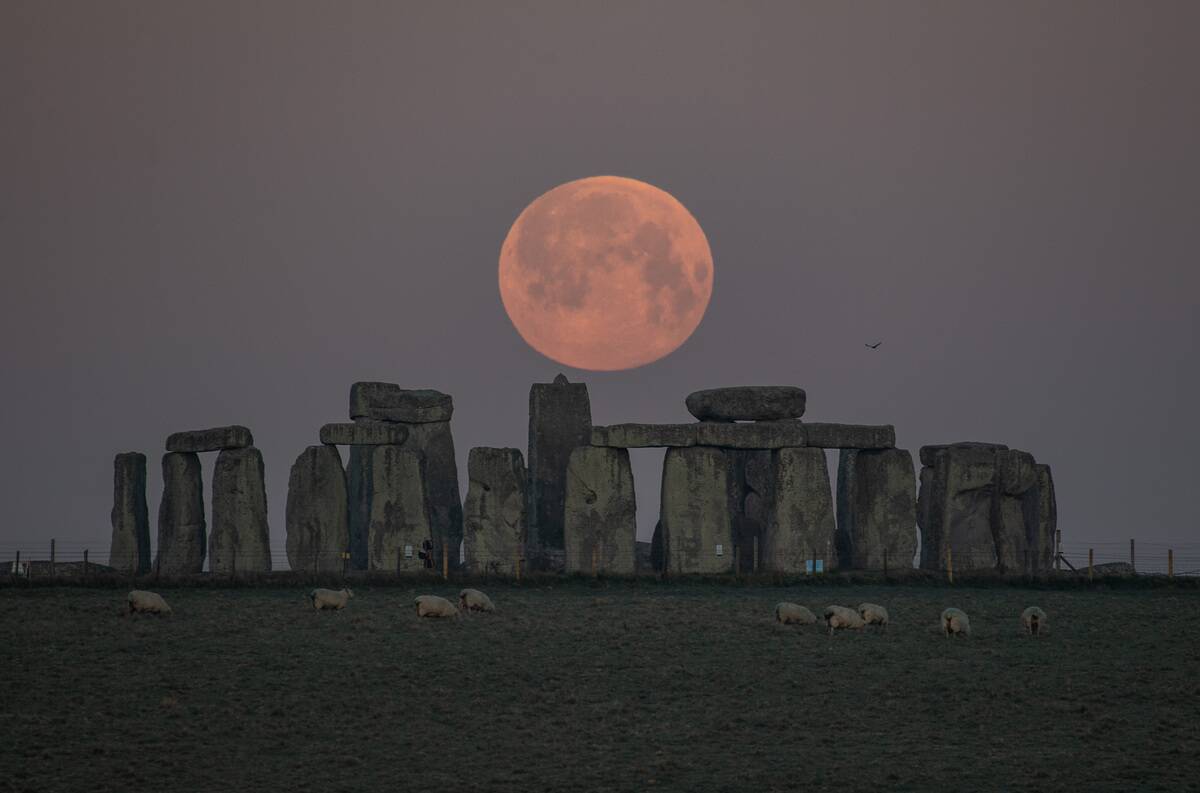
Stonehenge, located on Salisbury Plain, remains one of the most iconic and puzzling prehistoric monuments. This stone circle is believed to have been constructed between 3000 and 2000 BCE. Despite extensive research, its exact purpose remains a mystery, fueling theories ranging from astronomical observatory to religious site. While there are many fascinating prehistoric sites, Stonehenge stands out for its sheer audacity and the secrets it continues to guard.
Machu Picchu: The Lost City of the Incas in Peru
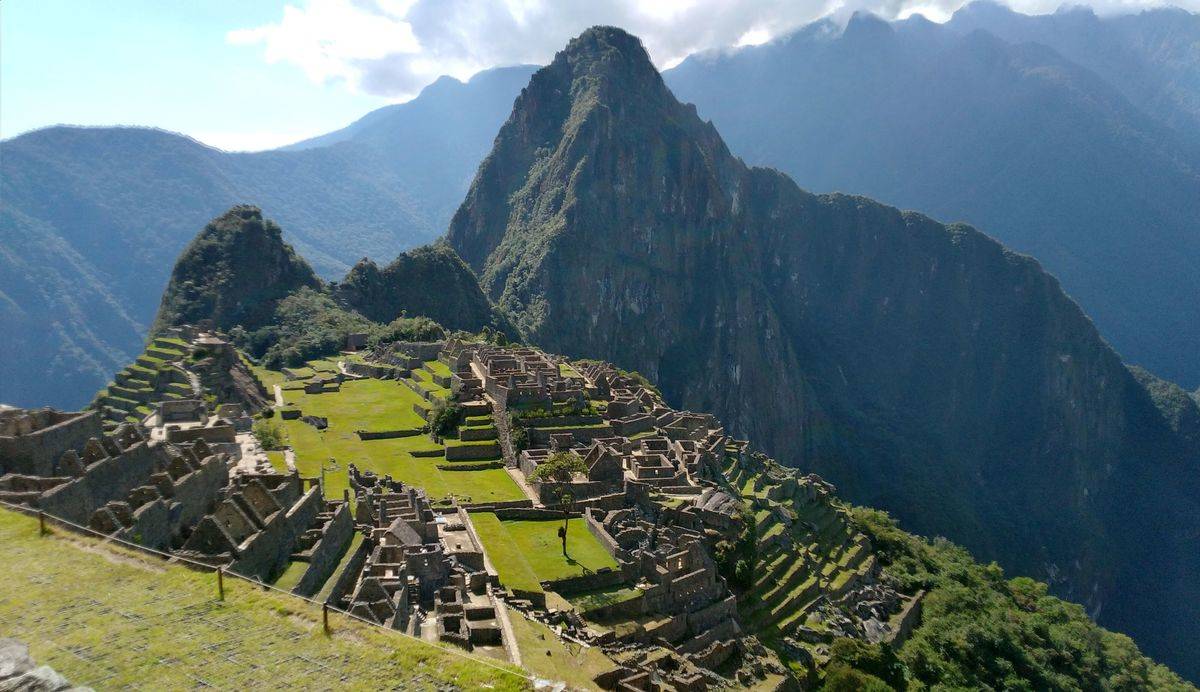
Nestled high in the Andes Mountains, Machu Picchu was rediscovered by Hiram Bingham in 1911. This ancient Incan city is renowned for its sophisticated dry-stone construction, blending seamlessly with the natural landscape. Often referred to as the ‘Lost City of the Incas,’ Machu Picchu’s purpose is debated, with theories ranging from a royal estate to a religious site. Its breathtaking beauty and cultural significance have earned it a place as a UNESCO World Heritage Site.
The Colosseum: Rome’s Iconic Gladiatorial Arena
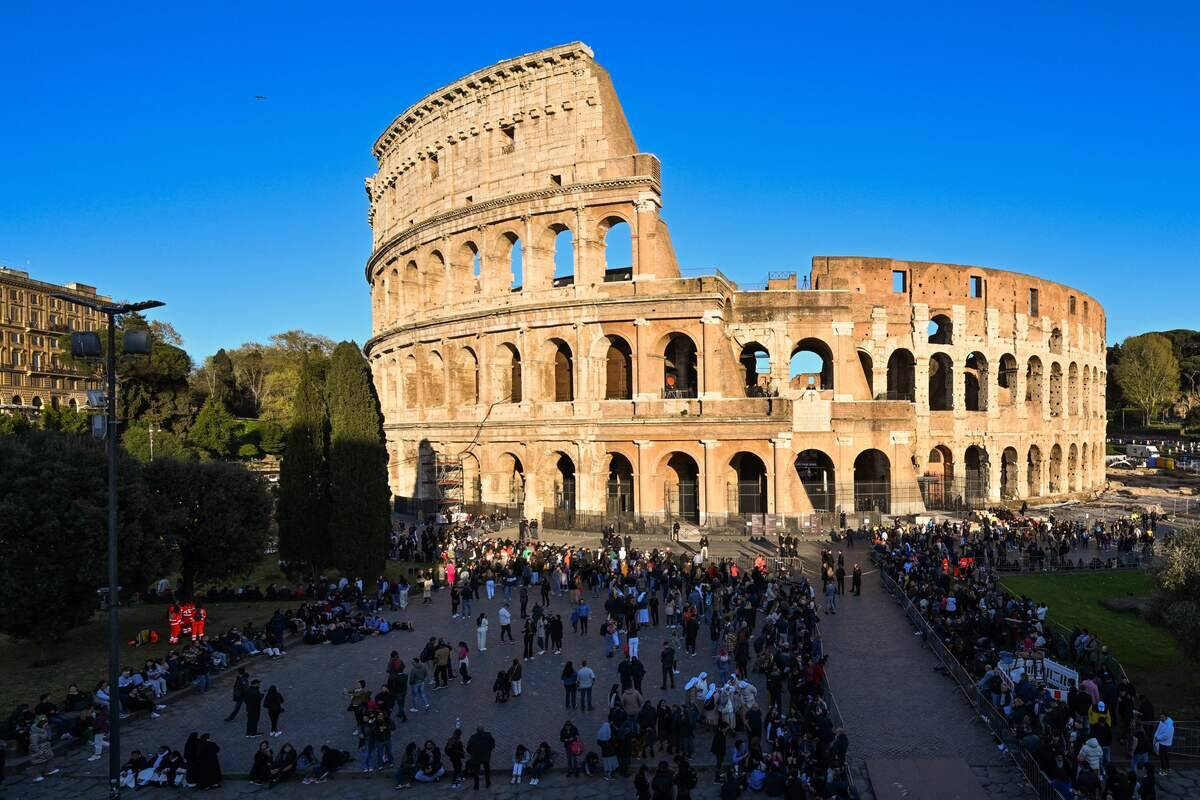
The Colosseum, a symbol of ancient Rome’s architectural ingenuity, is the largest amphitheater ever built. Completed in 80 AD under Emperor Titus, it could hold up to 50,000 spectators. This monumental structure hosted gladiatorial contests and public spectacles, reflecting Roman society’s fascination with entertainment and power. Despite centuries of earthquakes and stone robbers, the Colosseum remains a testament to the engineering prowess of the Roman Empire.
Petra: The Rose City Carved into Jordan’s Rocks
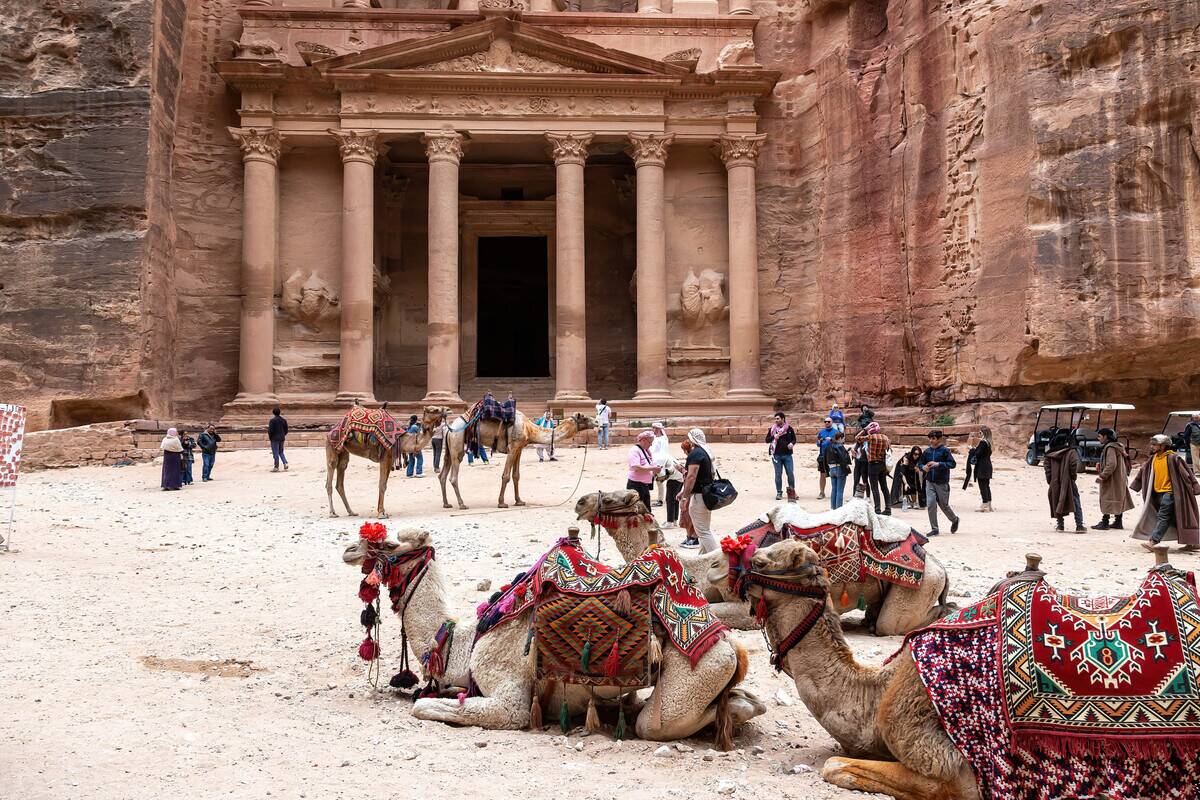
Petra, often called the ‘Rose City’ due to its pink sandstone cliffs, is a stunning archaeological site in Jordan. It was once the thriving capital of the Nabataean kingdom, flourishing as a trade hub around the 1st century BC. The city’s most famous structure, Al-Khazneh, or ‘The Treasury,’ is a remarkable example of rock-cut architecture. Petra’s unique beauty and historical significance have made it one of the New Seven Wonders of the World.
The Great Wall: China’s Monumental Marvel
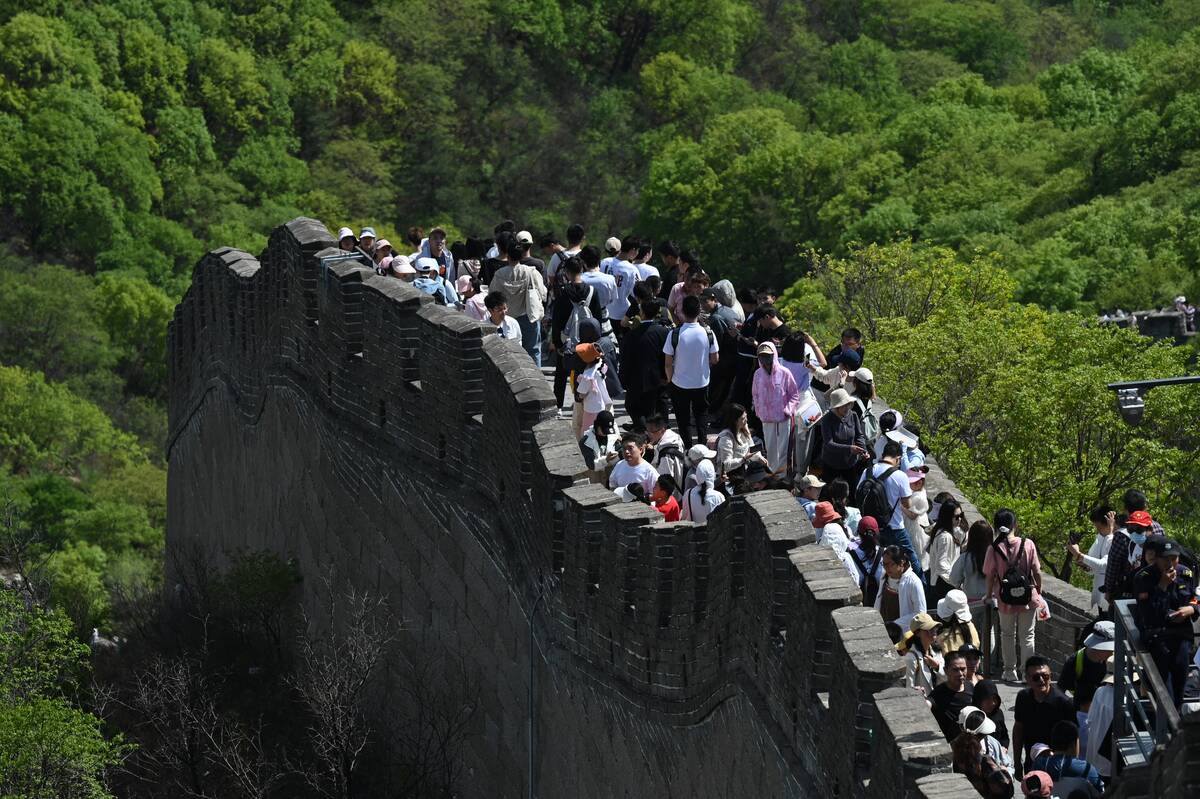
Spanning over 13,000 miles, the Great Wall of China is an awe-inspiring feat of ancient engineering. Originally built to protect Chinese states from invasions, its construction began as early as the 7th century BC. The wall we see today was primarily built during the Ming Dynasty. Its sheer scale and historical significance make it a symbol of China’s enduring strength and resilience. The Great Wall is not just a wall but a testament to human determination.
Chichen Itza: Echoes of the Maya in Mexico

Chichen Itza, located in Mexico’s Yucatán Peninsula, is a stunning testament to the ingenuity of the Maya civilization. This archaeological site features the iconic El Castillo, a pyramid dedicated to the feathered serpent god, Kukulkan. The pyramid’s design is a remarkable example of Maya astronomical knowledge, aligned with the sun’s position during equinoxes. Declared a UNESCO World Heritage Site, Chichen Itza continues to captivate visitors with its historical and architectural wonders.
The Pyramids of Giza: Egypt’s Timeless Tombs
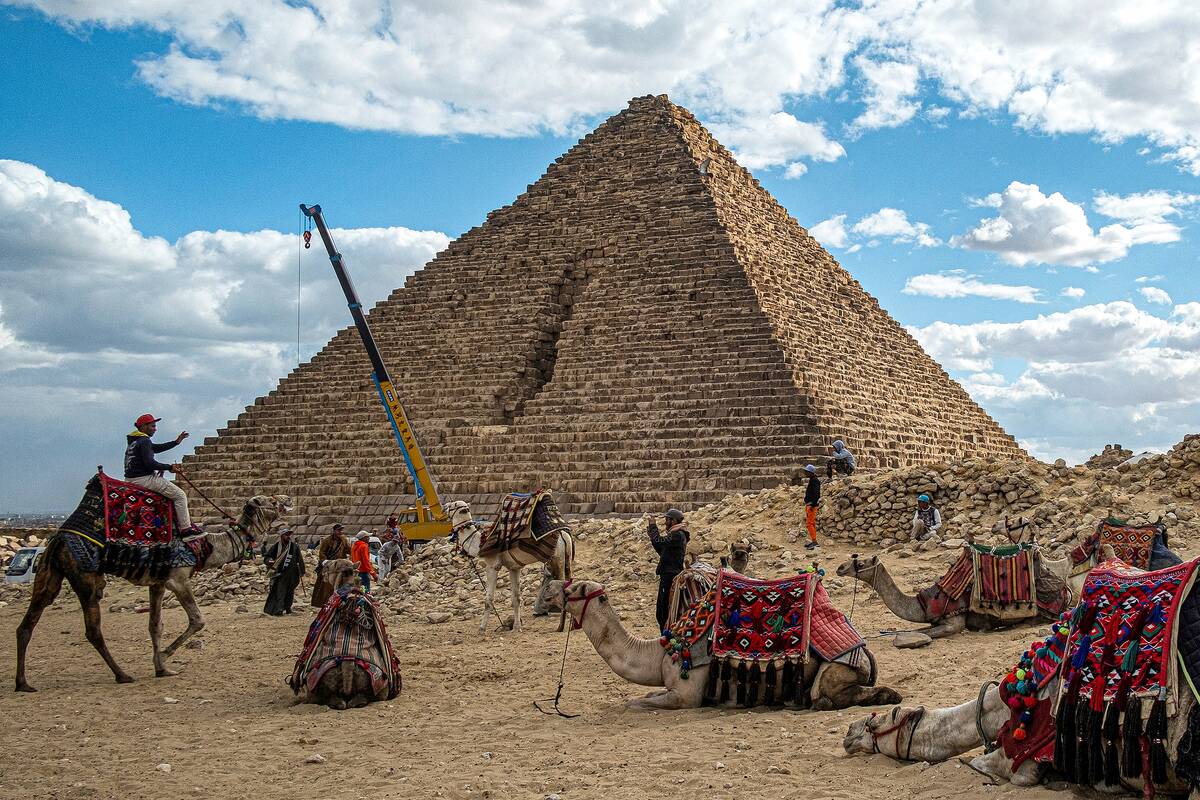
The Pyramids of Giza, standing proudly on the outskirts of Cairo, are among the most enduring symbols of ancient Egypt. Built over 4,500 years ago, these monumental tombs were constructed for pharaohs Khufu, Khafre, and Menkaure. The Great Pyramid of Khufu, the largest of the trio, is a marvel of engineering, originally standing at 481 feet. Despite the passage of millennia, the pyramids continue to stand as a testament to the ingenuity and ambition of ancient Egyptian civilization.
Angkor Wat: Cambodia’s Majestic Temple Complex

Angkor Wat, located in Cambodia, is the largest religious monument in the world, originally built as a Hindu temple dedicated to Vishnu in the early 12th century. Its grandeur and intricate bas-reliefs have made it a symbol of Cambodia, even appearing on the national flag. Over time, Angkor Wat transformed into a Buddhist temple, reflecting the region’s religious evolution. This architectural masterpiece remains a source of national pride and a testament to the Khmer Empire’s legacy.
The Acropolis: Greece’s Ancient Citadel
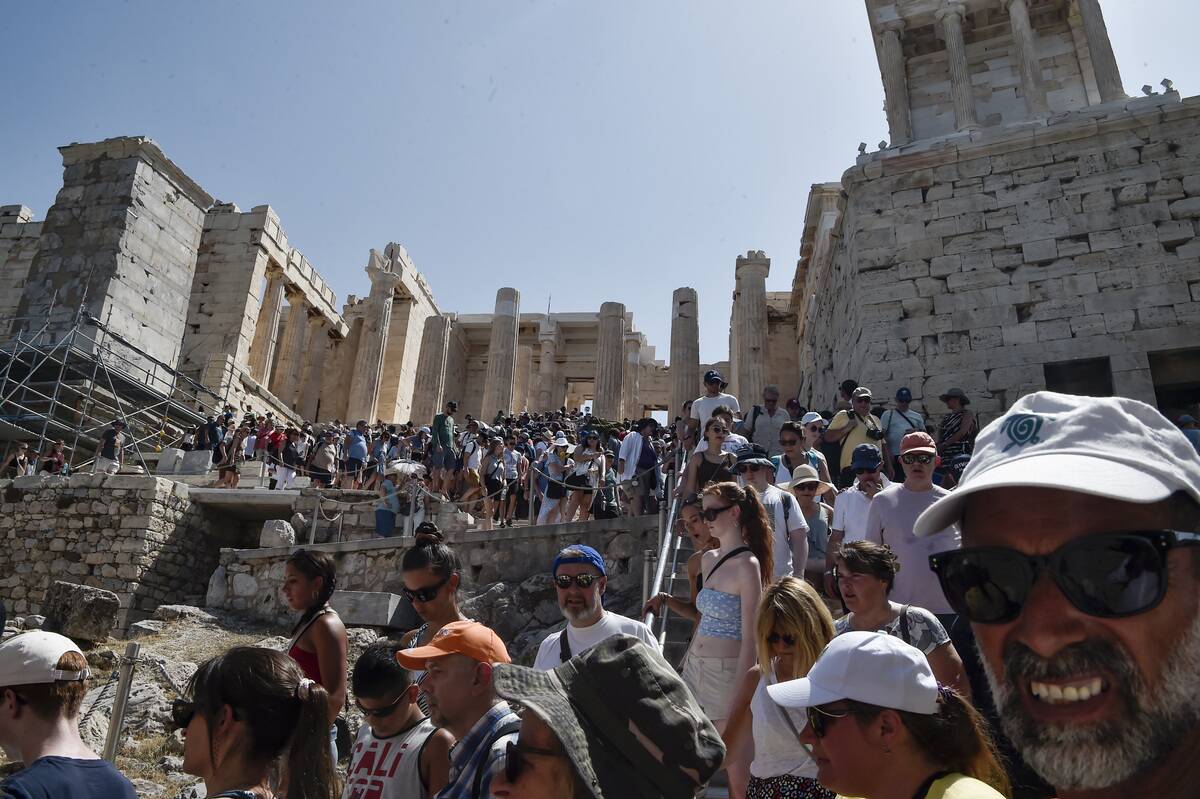
Perched above the city of Athens, the Acropolis is an iconic symbol of ancient Greek civilization. This ancient citadel houses several significant structures, including the Parthenon, dedicated to the goddess Athena. The Acropolis was the center of Athenian life in the 5th century BC, embodying the artistic and political achievements of the era. Its enduring influence on Western culture and architecture cements its status as a UNESCO World Heritage Site, attracting millions of visitors annually.
Easter Island: The Mysterious Moai Statues
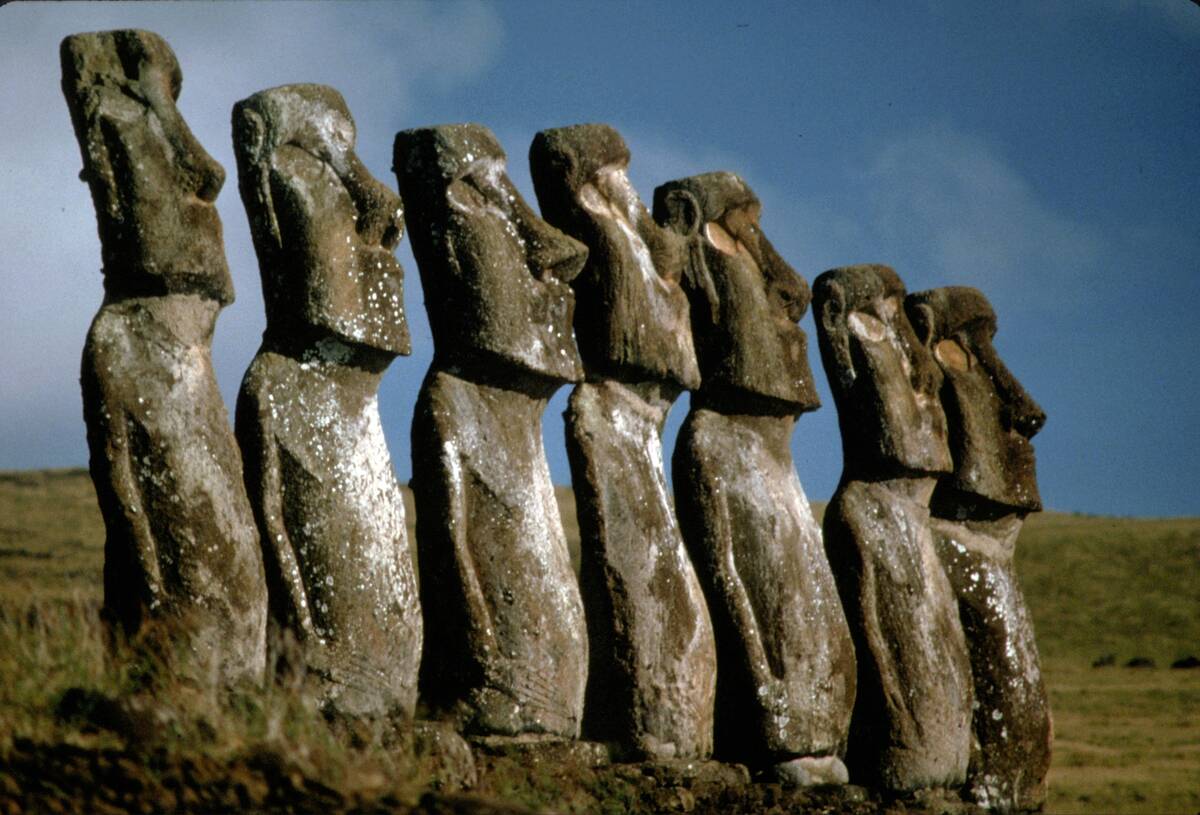
Easter Island, a remote island in the Pacific Ocean, is famous for its enigmatic moai statues. Carved by the Rapa Nui people between 1400 and 1650 CE, these colossal figures are believed to represent ancestral spirits. Over 900 moai dot the island, each weighing several tons, leaving researchers to ponder the methods used for their transportation and erection. The mysteries of Easter Island continue to captivate archaeologists and tourists alike, drawing them into its rich cultural tapestry.
The Parthenon: Athenian Symbol of Ancient Greece
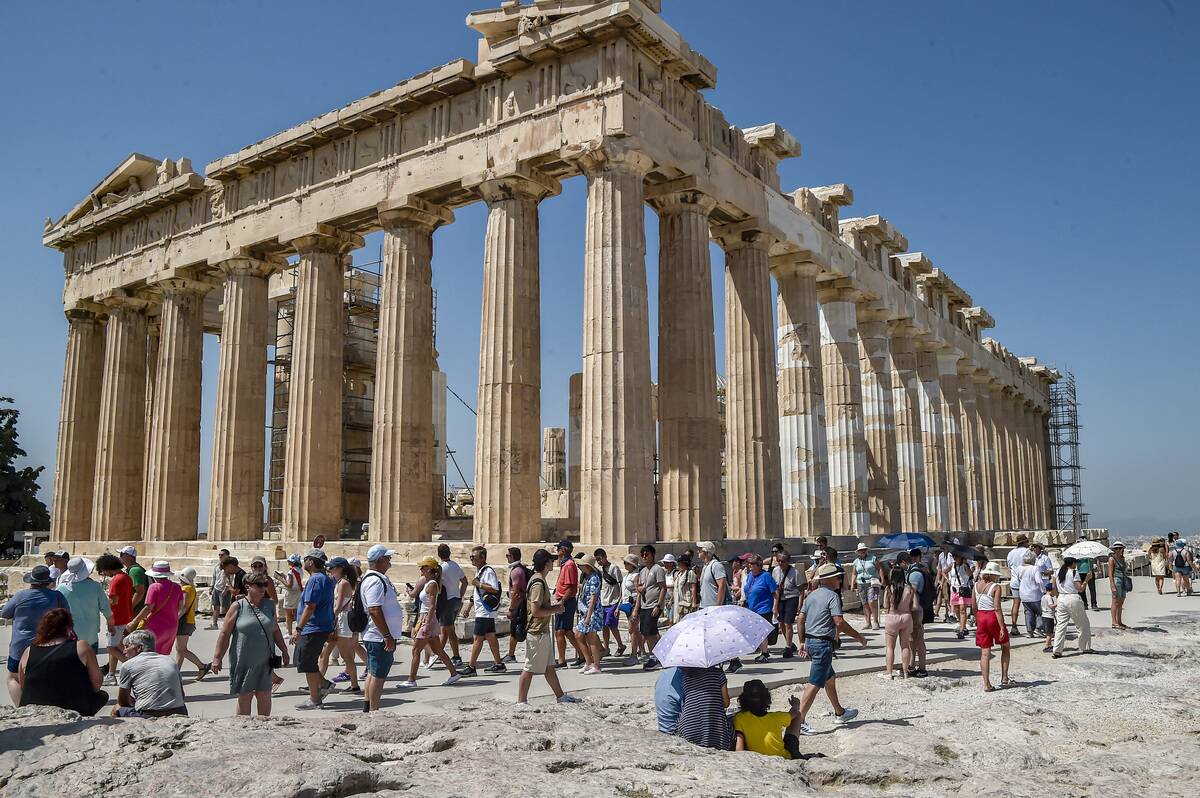
The Parthenon, a masterpiece of Doric architecture, stands proudly on the Acropolis of Athens. Built between 447 and 438 BC, it was dedicated to Athena, the patron goddess of the city. This iconic temple was not only a religious site but also a symbol of Athenian democracy and cultural achievement. Despite suffering damage over the centuries, the Parthenon continues to inspire awe, representing the artistic and architectural excellence of ancient Greece.
Pompeii: Italy’s Time Capsule Buried in Ash
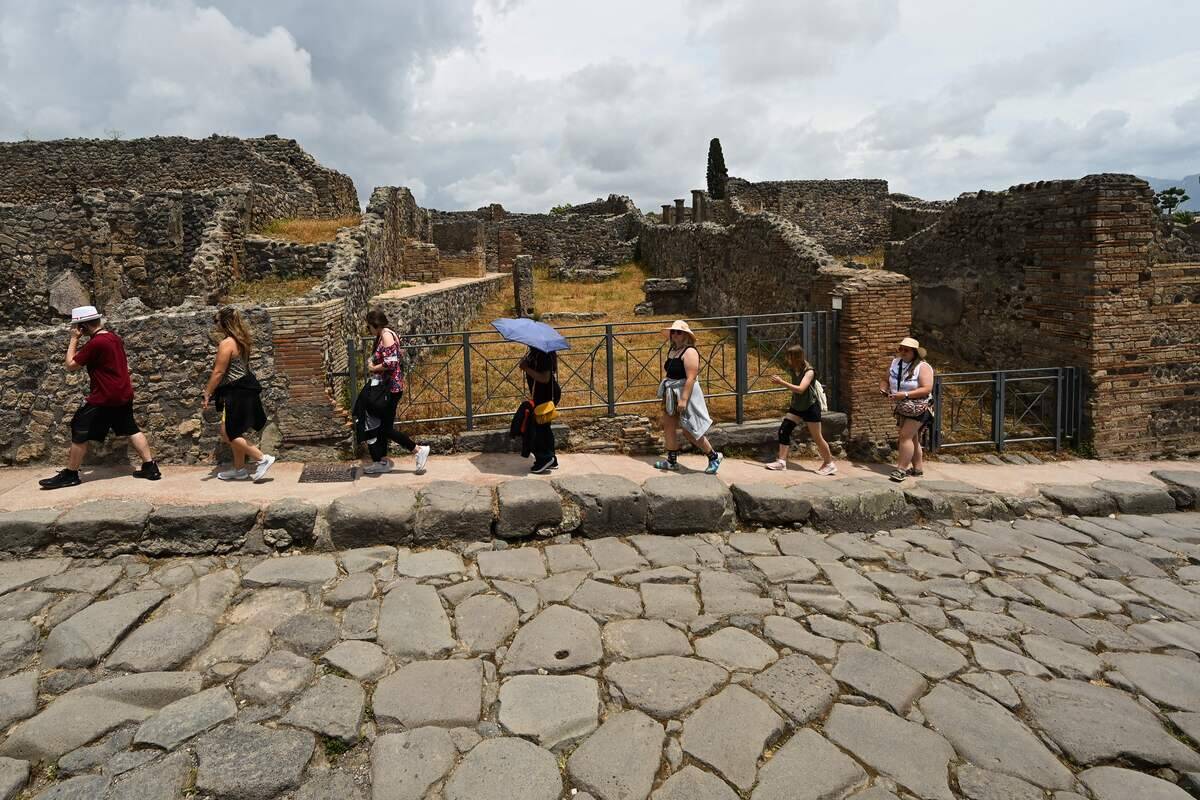
The ancient city of Pompeii, located near modern-day Naples, offers a unique glimpse into Roman life. Buried under volcanic ash from Mount Vesuvius in 79 AD, Pompeii was preserved in remarkable detail, providing invaluable insights into daily life in ancient Rome. The excavation of streets, villas, and even frescoes has unveiled a vibrant city frozen in time. Today, Pompeii stands as a UNESCO World Heritage Site, a fascinating time capsule for history enthusiasts.
The Terracotta Army: China’s Underground Warriors
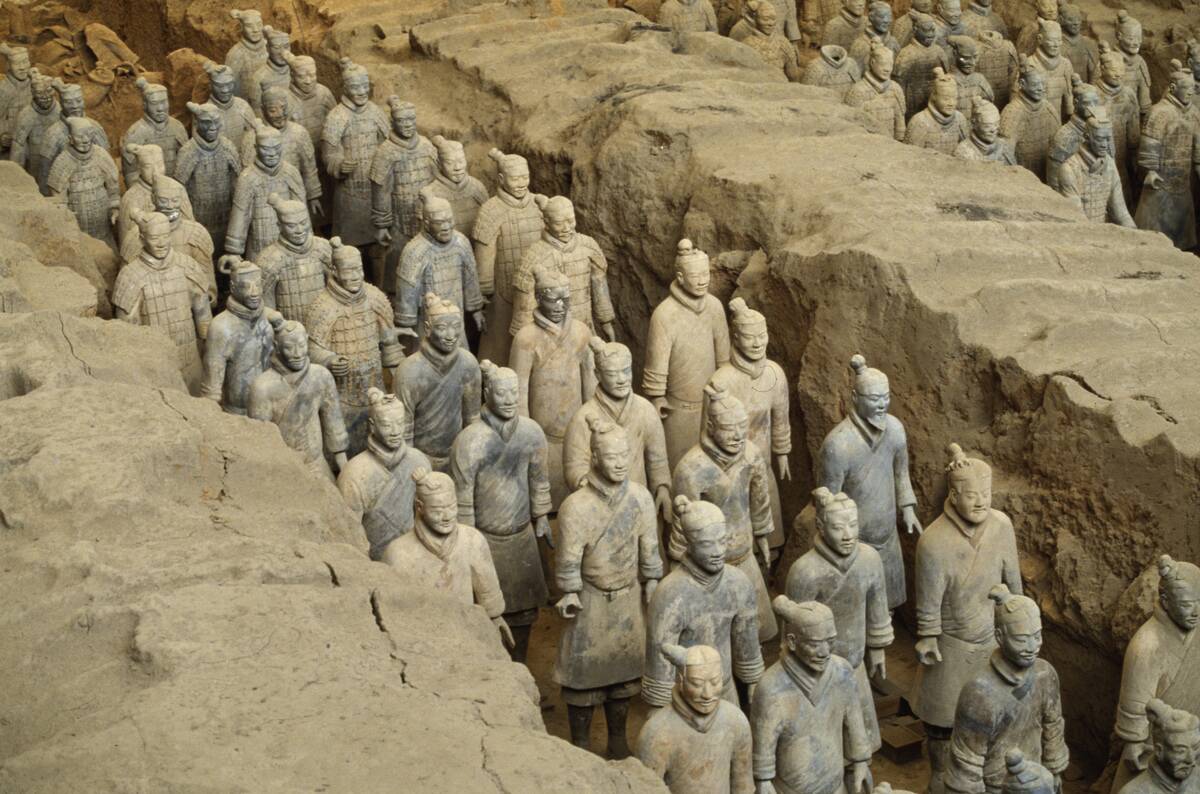
Discovered in 1974, the Terracotta Army is an extraordinary archaeological find in Xi’an, China. This massive collection of life-sized clay soldiers was buried with China’s first emperor, Qin Shi Huang, to accompany him in the afterlife. Each warrior is unique, showcasing remarkable craftsmanship and detail. The Terracotta Army’s discovery has provided valuable insights into China’s ancient military practices and artistic achievements. It remains one of the most significant archaeological discoveries of the 20th century.
Tikal: The Majestic Mayan Ruins in Guatemala
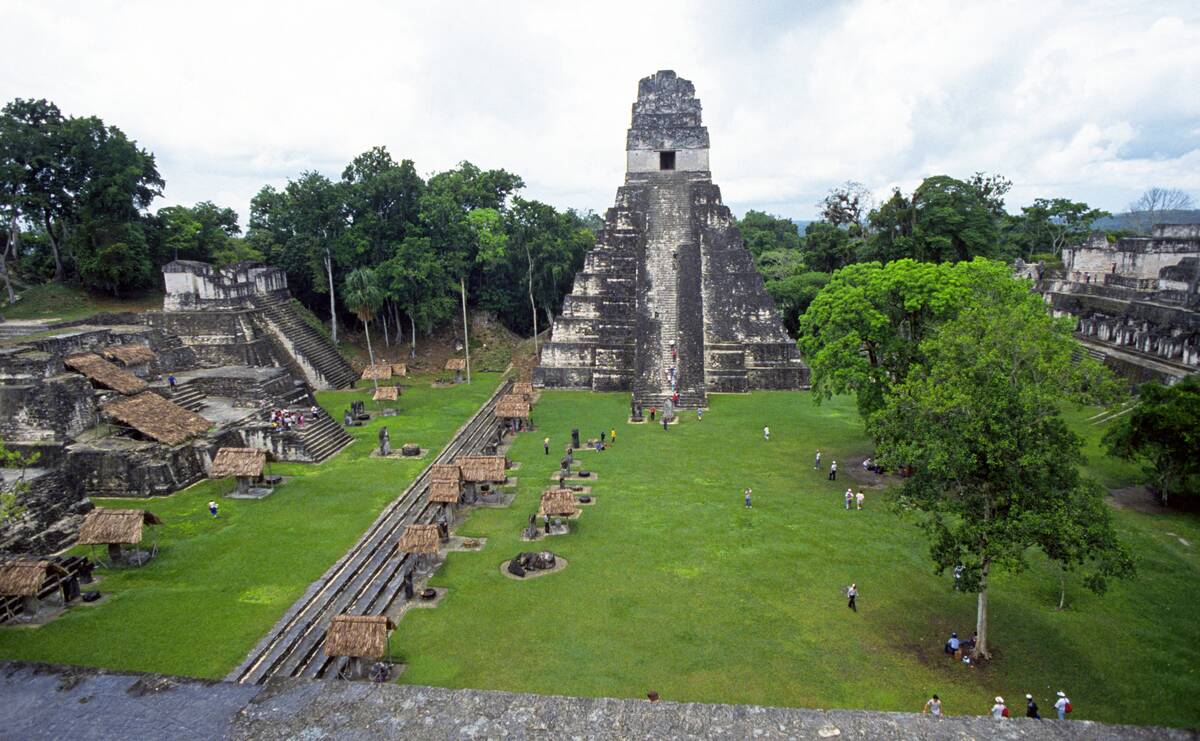
Deep within the Guatemalan rainforest lies Tikal, one of the largest archaeological sites of the pre-Columbian Maya civilization. Tikal flourished between the 6th century BC and the 10th century AD, serving as a major cultural and political center. The city is renowned for its towering pyramids and temples, with Temple IV standing as one of the tallest pre-Columbian structures in the Americas. Its rich history and stunning architecture make Tikal a must-visit for history buffs and adventurers alike.
The Roman Forum: Heart of Ancient Rome
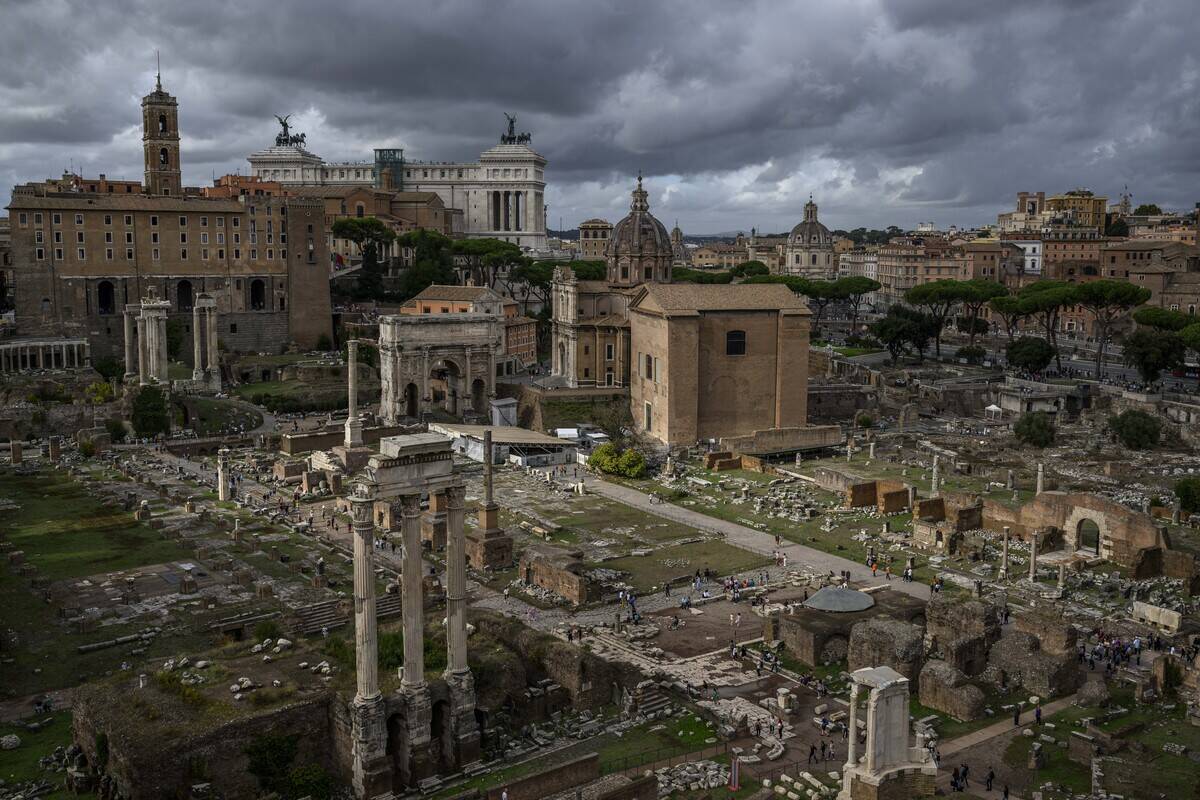
The Roman Forum, situated in the heart of Rome, was once the bustling center of political, commercial, and social life in ancient Rome. This sprawling complex of ruins includes temples, basilicas, and public spaces that played a vital role in the daily activities of Roman citizens. The Forum’s significance as the epicenter of Roman public life is evident in its architectural grandeur and historical importance. Today, it stands as a testament to the glory and influence of the Roman Empire.
The Alhambra: Spain’s Moorish Architectural Wonder
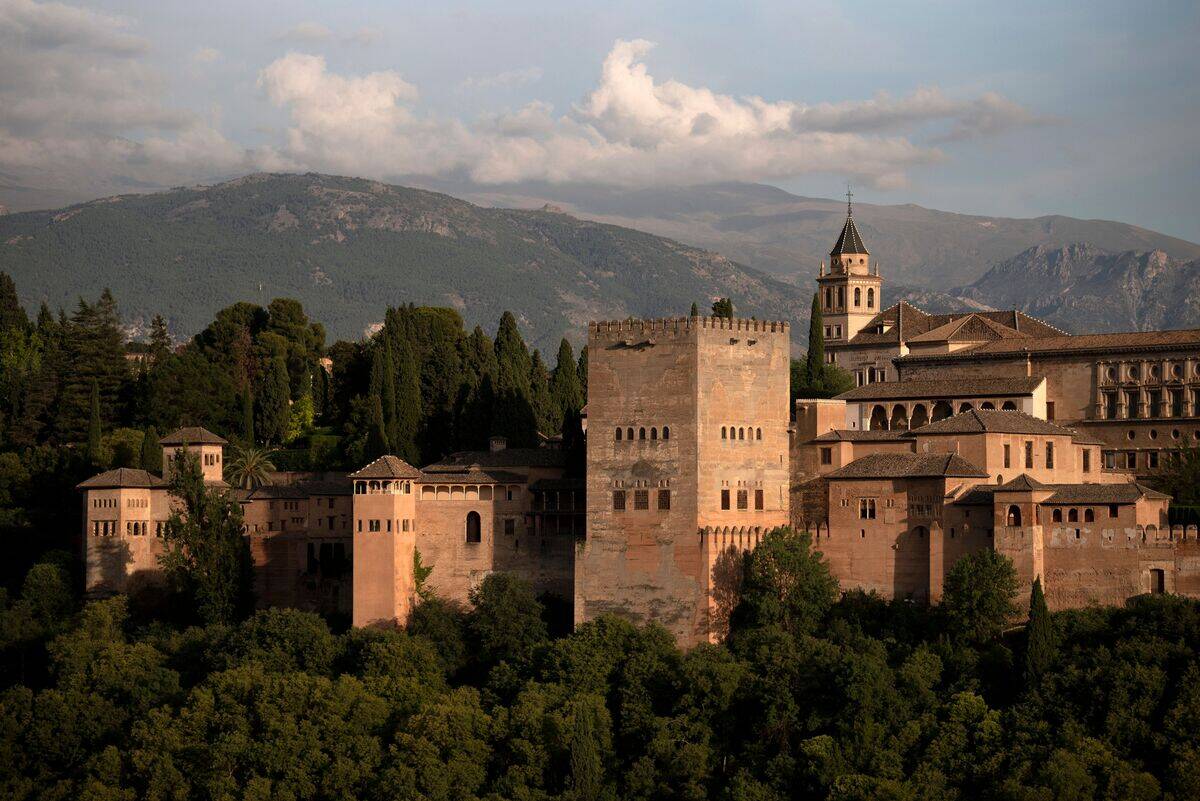
The Alhambra, perched on a hill overlooking Granada, Spain, is a stunning example of Moorish architecture. Originally a fortress, it was transformed into a royal palace in the 13th century by the Nasrid dynasty. The Alhambra is renowned for its intricate Islamic art and beautifully landscaped gardens, reflecting the splendor of Muslim rule in medieval Spain. As a UNESCO World Heritage Site, it continues to draw visitors with its breathtaking beauty and cultural significance.
Hampi: India’s Forgotten Empire Remnants

Hampi, located in southern India, is a UNESCO World Heritage Site known for its rich history and stunning ruins. Once the capital of the Vijayanagara Empire, Hampi flourished as a center of trade, culture, and religion between the 14th and 16th centuries. The site is dotted with impressive temples, palaces, and markets, showcasing the architectural and artistic prowess of the era. Hampi’s captivating landscapes and historical significance make it a treasure trove for travelers and historians alike.
Mesa Verde: The Cliff Dwellings of the Ancestral Puebloans
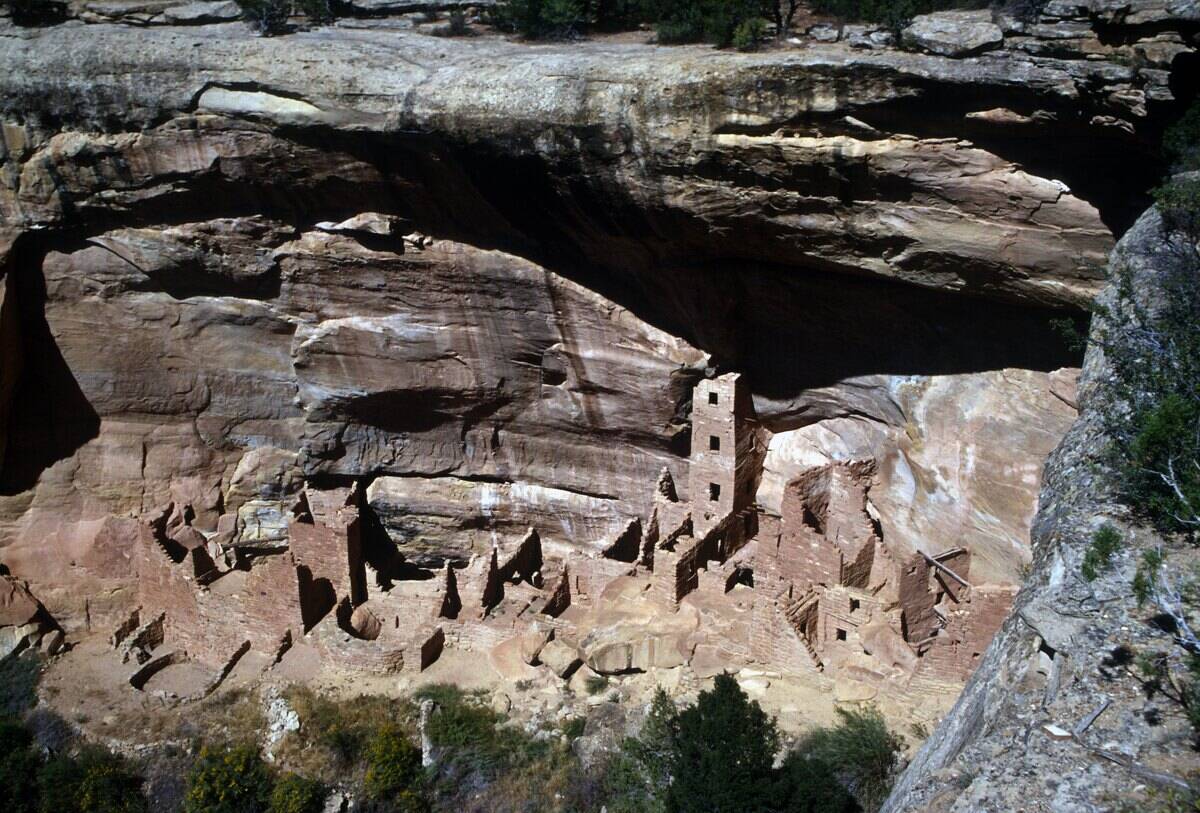
Mesa Verde, located in Colorado, USA, is a remarkable archaeological site that preserves the cliff dwellings of the Ancestral Puebloans. These ancient structures, built between 600 and 1300 AD, are nestled within the cliffs of the Mesa Verde plateau. The site offers a unique glimpse into the lives of the Puebloans, with well-preserved dwellings and artifacts. As a UNESCO World Heritage Site, Mesa Verde continues to fascinate visitors with its cultural history and breathtaking scenery.
The Baths of Caracalla: Rome’s Ancient Luxury Spa
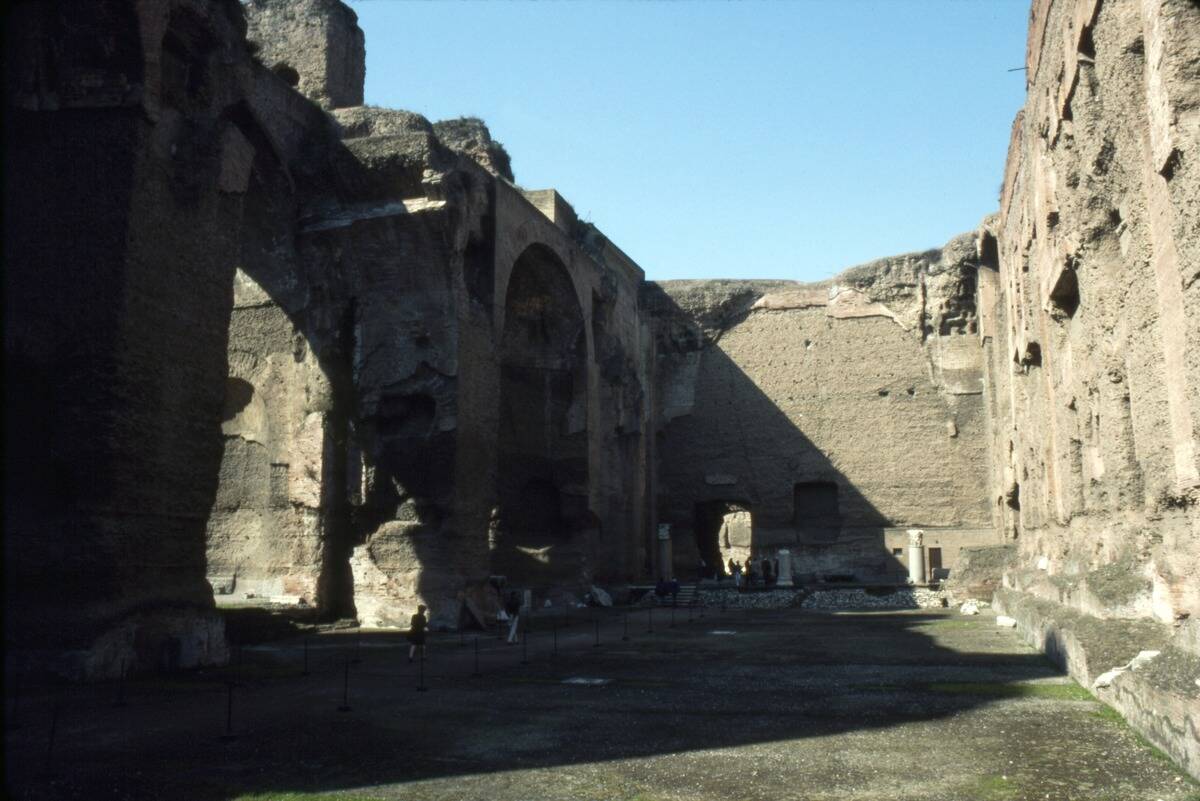
The Baths of Caracalla, one of the largest and most luxurious public baths in ancient Rome, were completed in 216 AD during the reign of Emperor Caracalla. Covering an area of 62 acres, the baths featured hot and cold pools, saunas, and a gymnasium, offering a glimpse into the opulence of Roman society. Despite being in ruins, the baths remain a testament to the engineering and architectural prowess of the Romans, showcasing their commitment to public leisure and wellness.



